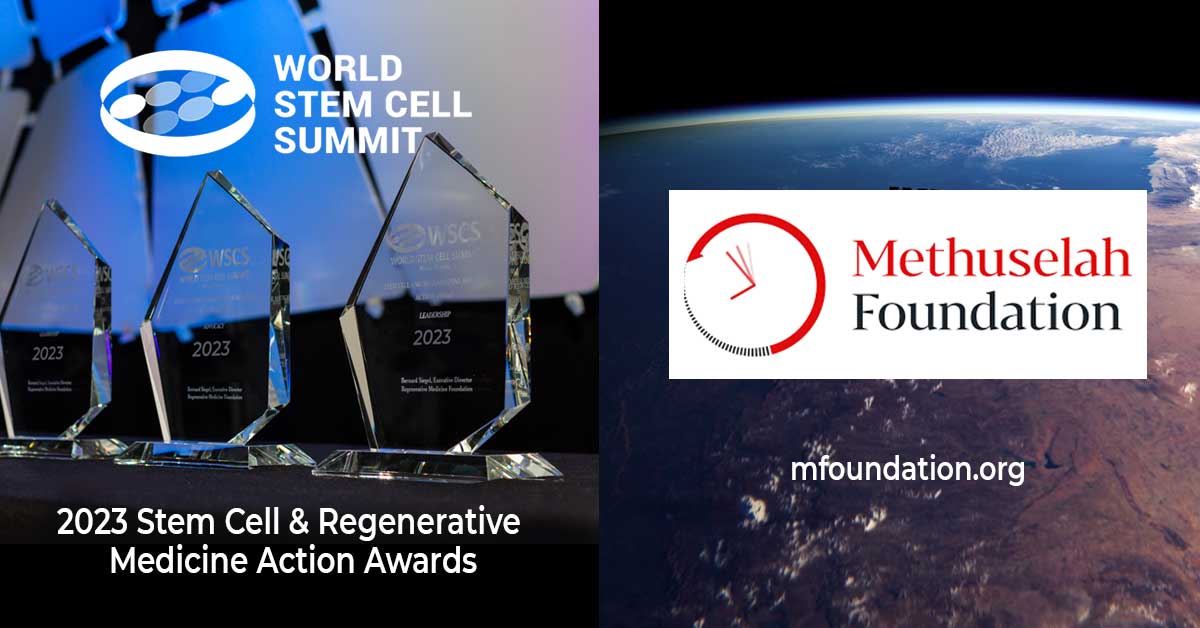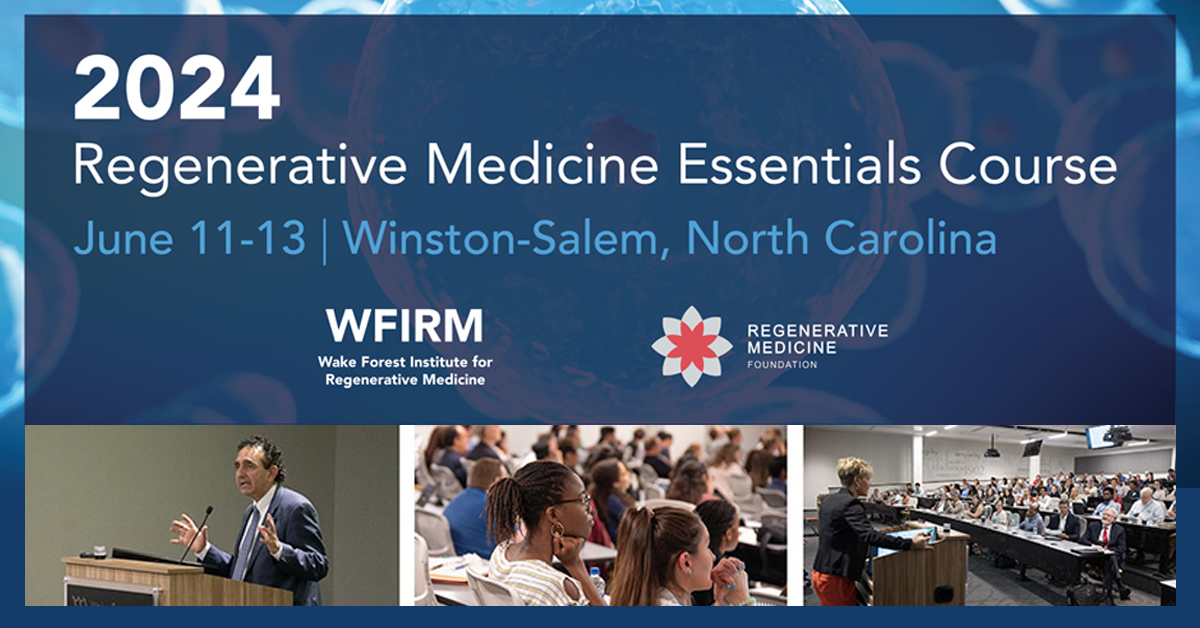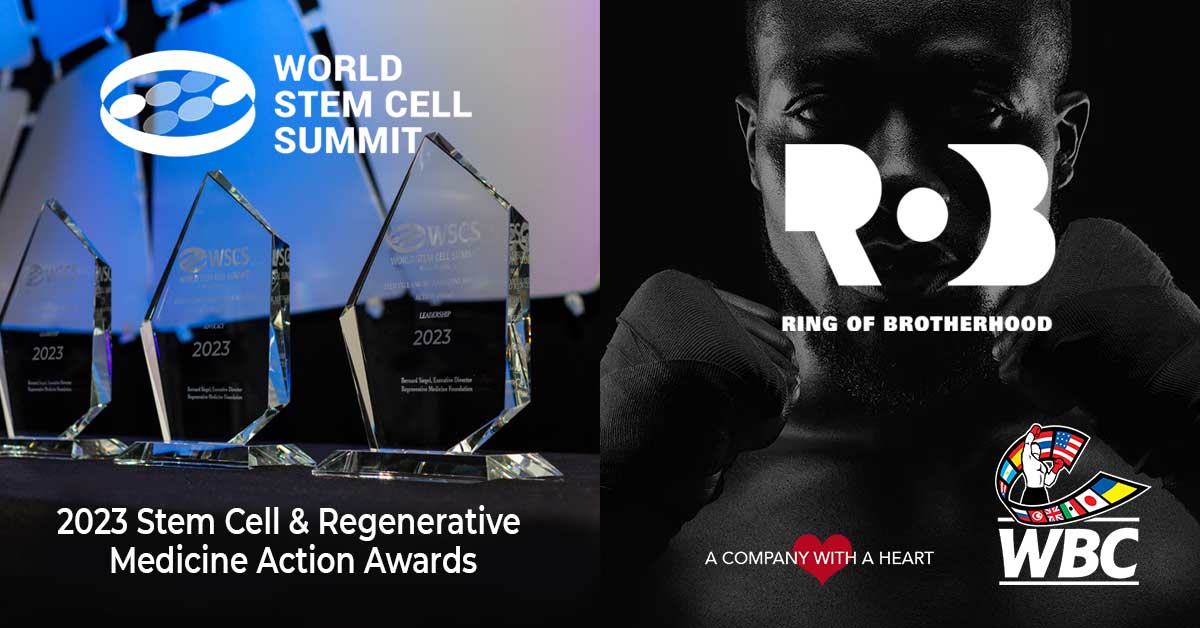
Saranya P. Wyles, M.D., Ph.D., is a dermatologist at Mayo Clinic with a specialty in regenerative medicine and an additional focus on skin aging: ”We’re starting to see that products like platelet-derived exosomes target cell senescence, the root cause of aging, and that’s part of the mechanism that’s boosting collagen and elastin production and creating a healthy skin environment.”
“Is this the fountain of youth?” I ask Mayo Clinic dermatologist, Saranya Wyles, about exosomes. The rising star in regenerative medicine, Dr. Wyles’ field of expertise, exosome therapy offers enormous potential in the treatment of a host of chronic conditions. And when it comes to skin health, a good exosome regimen promises to diminish redness, improve pigmentation and reduce wrinkles. “It’s about slowing down the aging process by contributing to holistic regeneration,” says Dr. Wyles.
So, what are exosomes and what is regenerative medicine? The human body has the remarkable capacity to repair itself. Cuts heal, broken bones mend and the liver has a unique ability to redevelop. Heart disease, diabetes and osteoarthritis on the other hand, are examples of long-lasting diseases that do not resolve on their own. Symptoms are managed with medication or medical procedures. Regenerative medicine goes beyond disease management, aiming to support the body in repairing, regenerating and restoring itself to a state of well-being.
“Regenerative medicine has created a paradigm shift from fighting illness like cancer and heart disease to focusing on restoring health,” explains Dr. Wyles. “The goal is to help our bodies accelerate its potential to achieve natural regeneration.”
There are several options in the regenerative medicine tool kit – those that are cell-based like stem cell therapy and those that are acellular. The latter is the realm of exosomes. “Exosomes are messages that cells secrete, communicating with each other,” elaborates Dr. Wyles. “They say ‘Here’s how you regenerate. Here’s the full recipe of how to create skin renewal.’”




